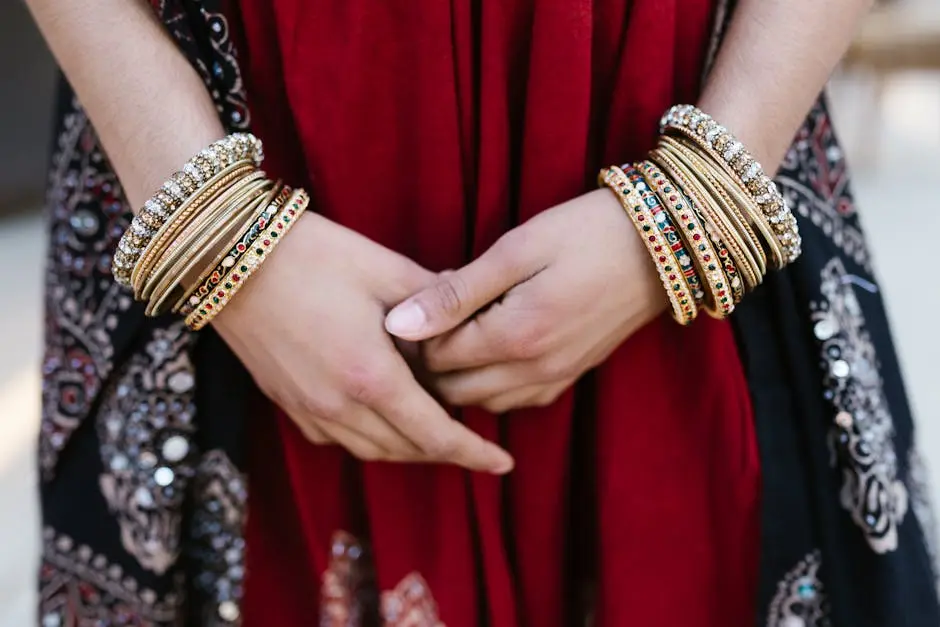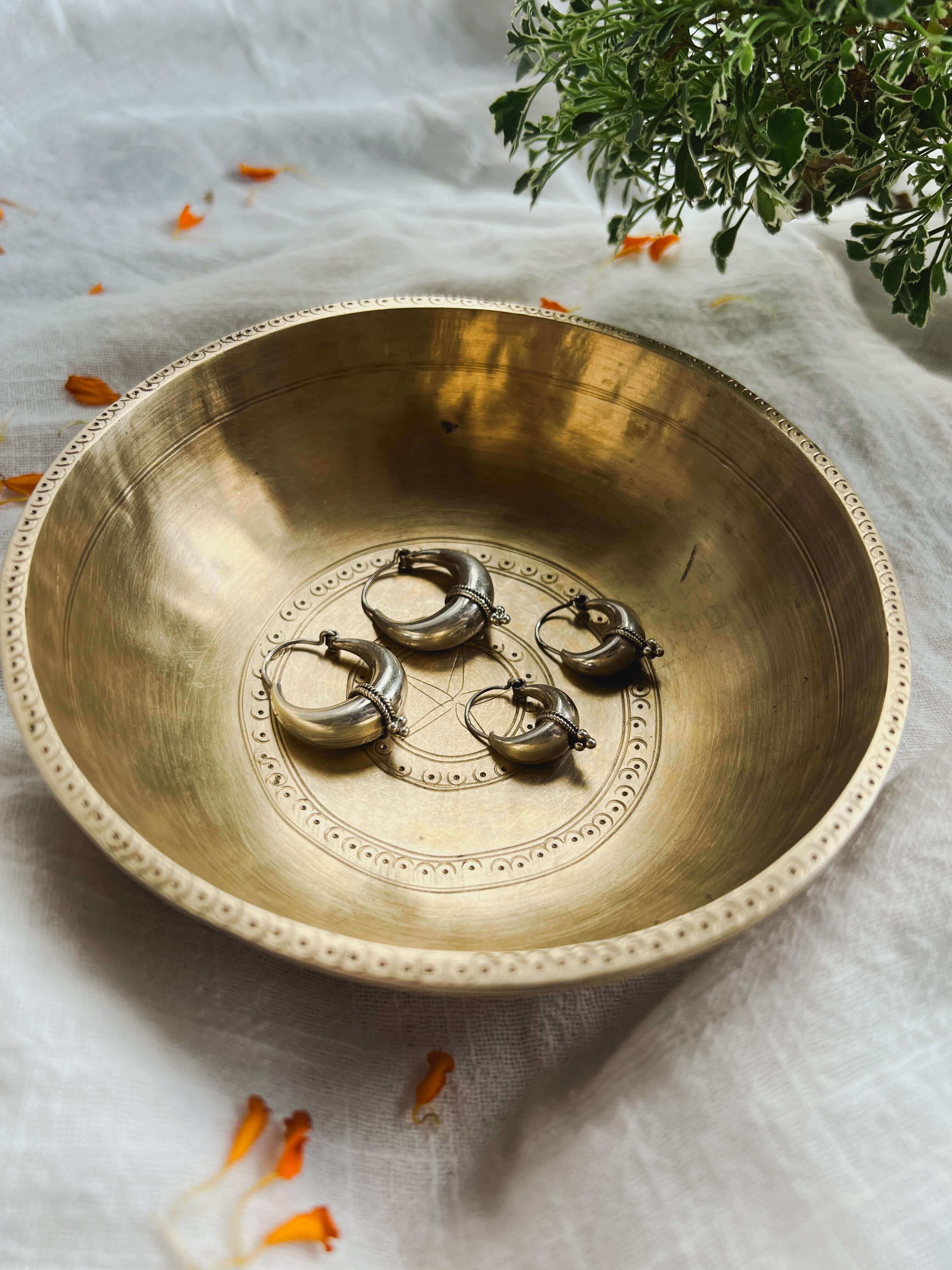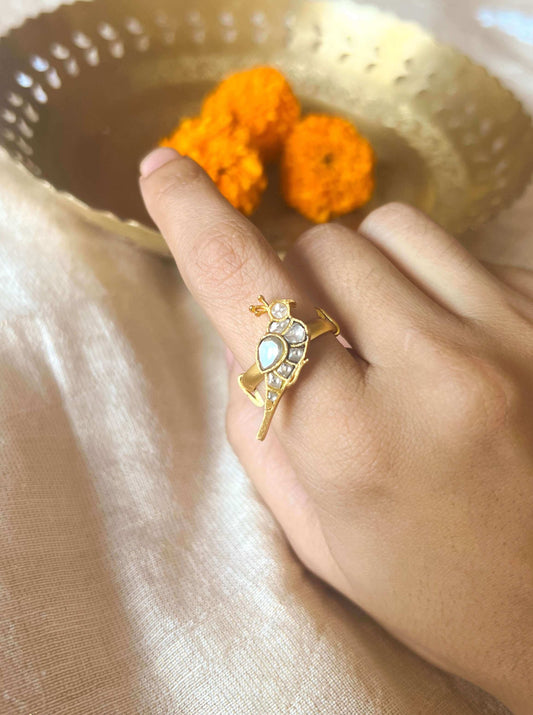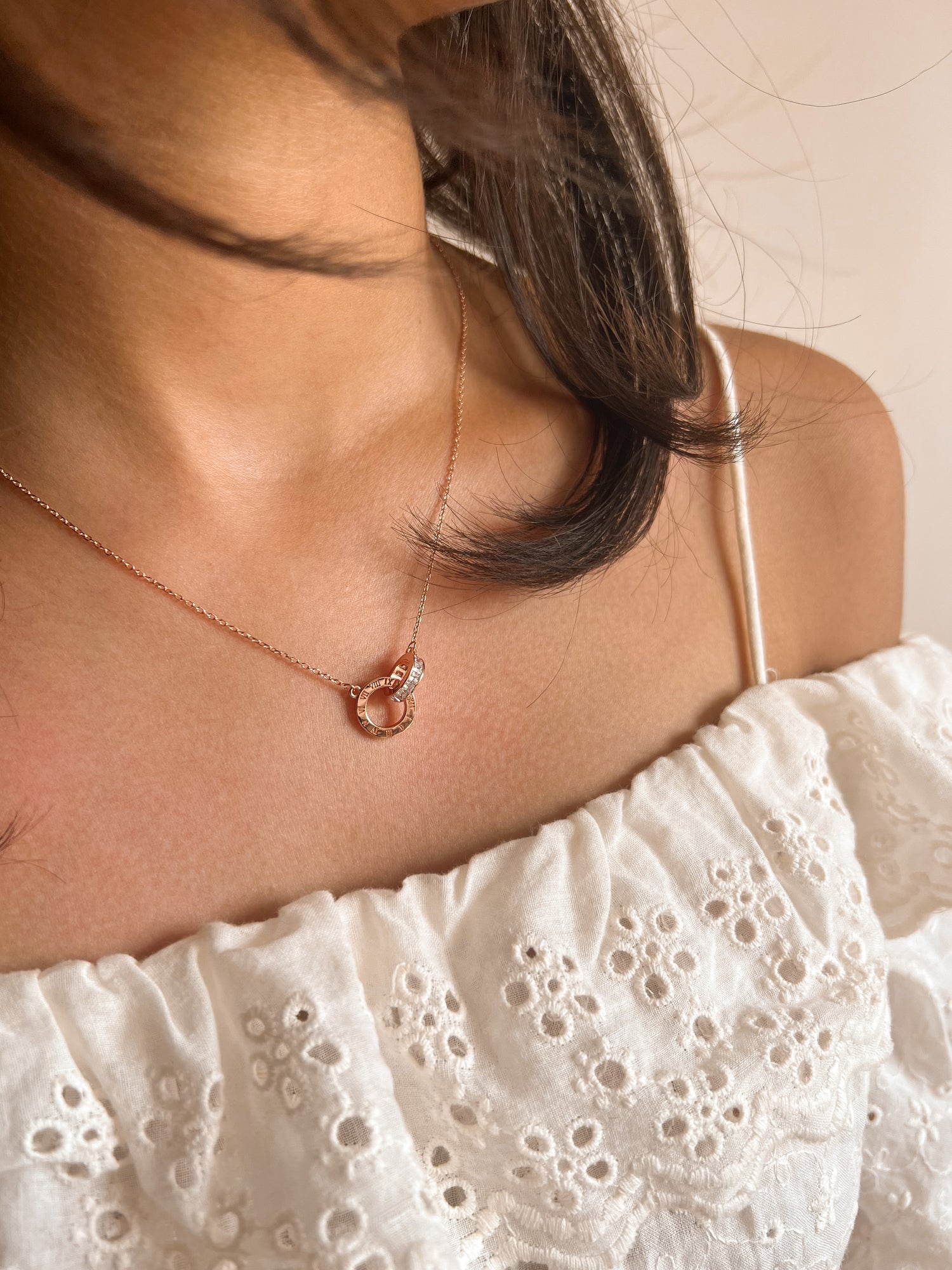Cultural necklaces are more than just accessories. Rich in history and meaning, they are woven into the fabric of societies worldwide. These necklaces tell stories, convey traditions, and connect generations. Join us as we explore the intriguing phenomenon of cultural necklaces around the globe.
The Origins of Cultural Necklaces
Cultural necklaces have a long history, dating back to ancient civilizations. Used as symbols of status, spirituality, and protection, these necklaces have maintained their significance through the ages.
In ancient Egypt, for example, necklaces were not just ornaments; they played a crucial role in religious ceremonies and were believed to protect the wearer from evil spirits. The Egyptians adorned their necks with intricate beads and amulets, each carrying specific symbols and meanings. These decorations have left a lasting legacy, influencing modern jewelry design and historical perceptions of beauty.
Similarly, the Native American tribes crafted their necklaces from beads, bones, and shells, creating pieces that were both beautiful and spiritually significant. Turquoise stones, often used in these designs, were considered sacred and highly prized for their supposed healing properties. These necklaces are more than just adornments; they are a testament to the craftsmanship and artistic expression of these peoples, echoing their deep connection to nature and spirituality.
Symbolism and Meaning Across Cultures
Different cultures imbue their necklaces with unique meanings. From the Maasai beaded necklaces of Africa to the intricate gold and silver designs of India, each piece tells a story and carries a legacy of beliefs and traditions.
In African cultures, particularly among the Maasai, necklaces are rich in symbolism and cultural significance. Beaded necklaces, crafted with care and precision, often represent age, social status, and marital status. The vibrant colors and patterns of the beads are more than aesthetic choices; they convey community traditions and values, cementing the wearer’s place within their societal framework.
India presents another fascinating example of cultural necklaces, where gold and silver are not merely metals but carriers of cultural rites and family heritage. The traditional mangalsutra is a sacred thread worn by married women in Hindu culture, symbolizing their marital status and prosperity. The designs and motifs, often passed down through generations, remind wearers of their familial bonds and cultural heritage, a testament to tradition in a rapidly modernizing world.
Cultural Necklaces in Modern Fashion
In today’s globalized world, cultural necklaces have found their place in contemporary fashion. Designers and enthusiasts are embracing these artifacts, weaving them into modern styles while respecting their origins.
With the rise of global fashion, cultural necklaces have gained newfound attention and appreciation. Fashion influencers and design houses regularly incorporate traditional designs into their collections, paying homage to the origins while innovating on styles. This blending of the old and the new attracts a diverse audience, eager to express individuality while honoring various cultural traditions through fashion.
Many designers emphasize the importance of preserving cultural integrity when introducing traditional jewelry into mainstream fashion. By collaborating with artisans from indigenous and local communities, brands ensure that cultural necklaces remain authentic while adapting to contemporary tastes. This partnership fosters a sense of appreciation and respect for the cultural heritage each piece represents, creating a bridge between generations and traditions.
The Cultural Necklace as a Tool for Identity and Heritage
For many, wearing a cultural necklace is a statement of identity. It connects individuals to their heritage, reminding them of their roots and the cultural tales passed down through generations.
Cultural necklaces offer more than beauty; they provide a sense of belonging and identity. For diaspora communities, wearing a necklace from their motherland is a way to connect emotionally with their heritage, especially when living in a different cultural environment. These necklaces become tangible links to the past, sparking memories and stories that reinforce cultural identity amidst diversity.
For younger generations, cultural necklaces are both a fashionable statement and a nod to their roots. These pieces often become treasured heirlooms, passed down through families with stories and memories attached to each bead and charm. Wearing cultural jewelry in daily life allows individuals to celebrate their lineage, while also educating those around them about the rich history and meaning behind each unique piece.
Cultural Exchange Through Jewelry
Cultural necklaces have become symbols of exchange, allowing people to share and appreciate diverse traditions and aesthetics. By donning these pieces, wearers engage in a dialogue of cultural appreciation and awareness.
Jewelry, particularly cultural necklaces, plays a pivotal role in intercultural dialogue. As these pieces are traded, gifted, and worn across borders, they carry stories and histories that transcend language barriers. This exchange fosters understanding, offering insights into varied cultural practices and beliefs while respecting and valuing each piece’s origin.
This cultural exchange is dynamic, often evolving as new influences and inspirations are shared across communities. Modern travelers frequently bring back cultural necklaces as souvenirs, not just as personal adornments but as tokens of appreciation for the experiences and people encountered. This practice highlights how cultural necklaces continue to unite cultures, fostering friendships and respect through shared aesthetic and symbolic appreciation.
The Tapestry of Cultural Necklaces: A Celebration
Cultural necklaces serve as tangible links to the past, offering a glimpse into the stories, beliefs, and customs that have shaped societies across the globe. By appreciating these vibrant accessories, we not only celebrate their beauty but also foster greater cultural understanding and respect.





